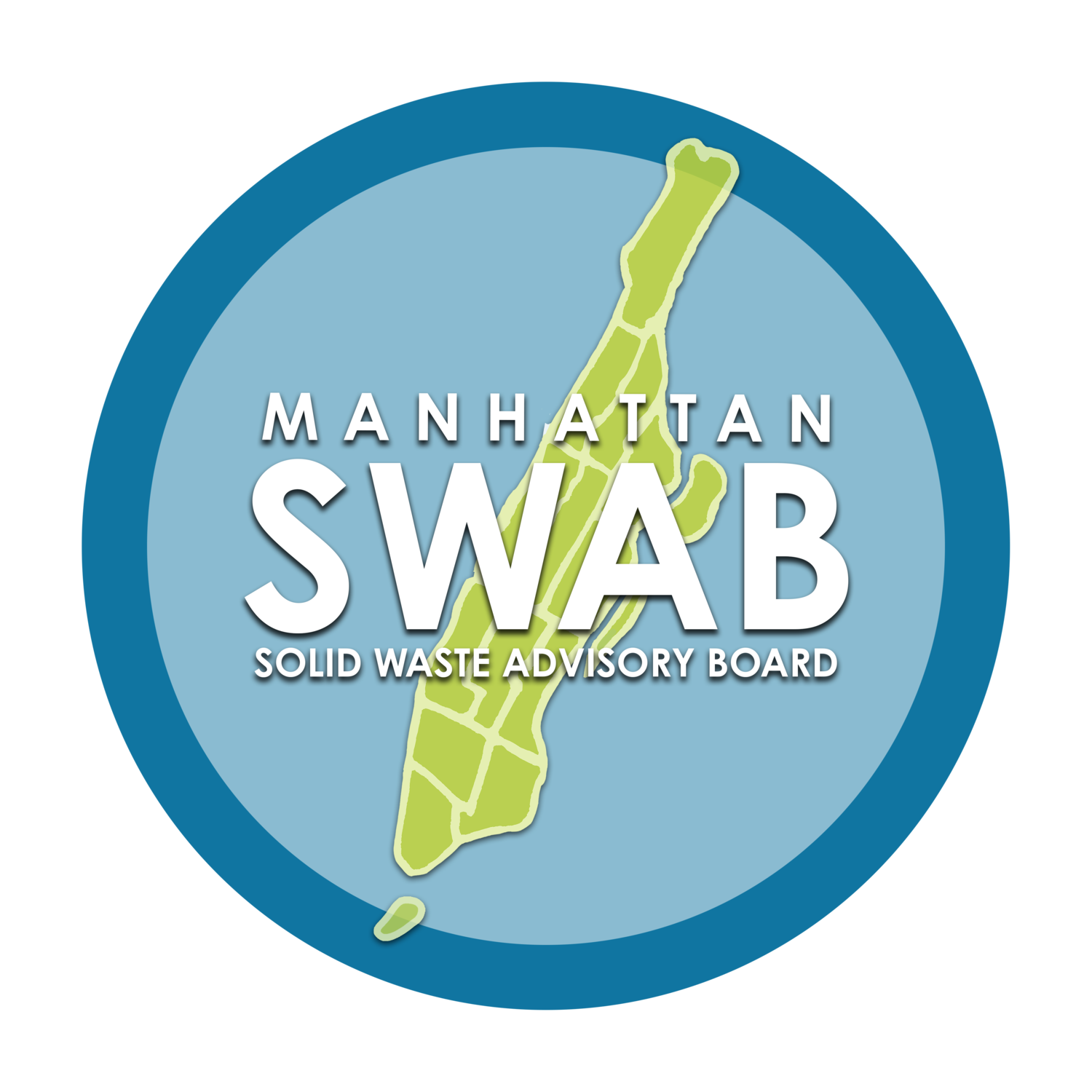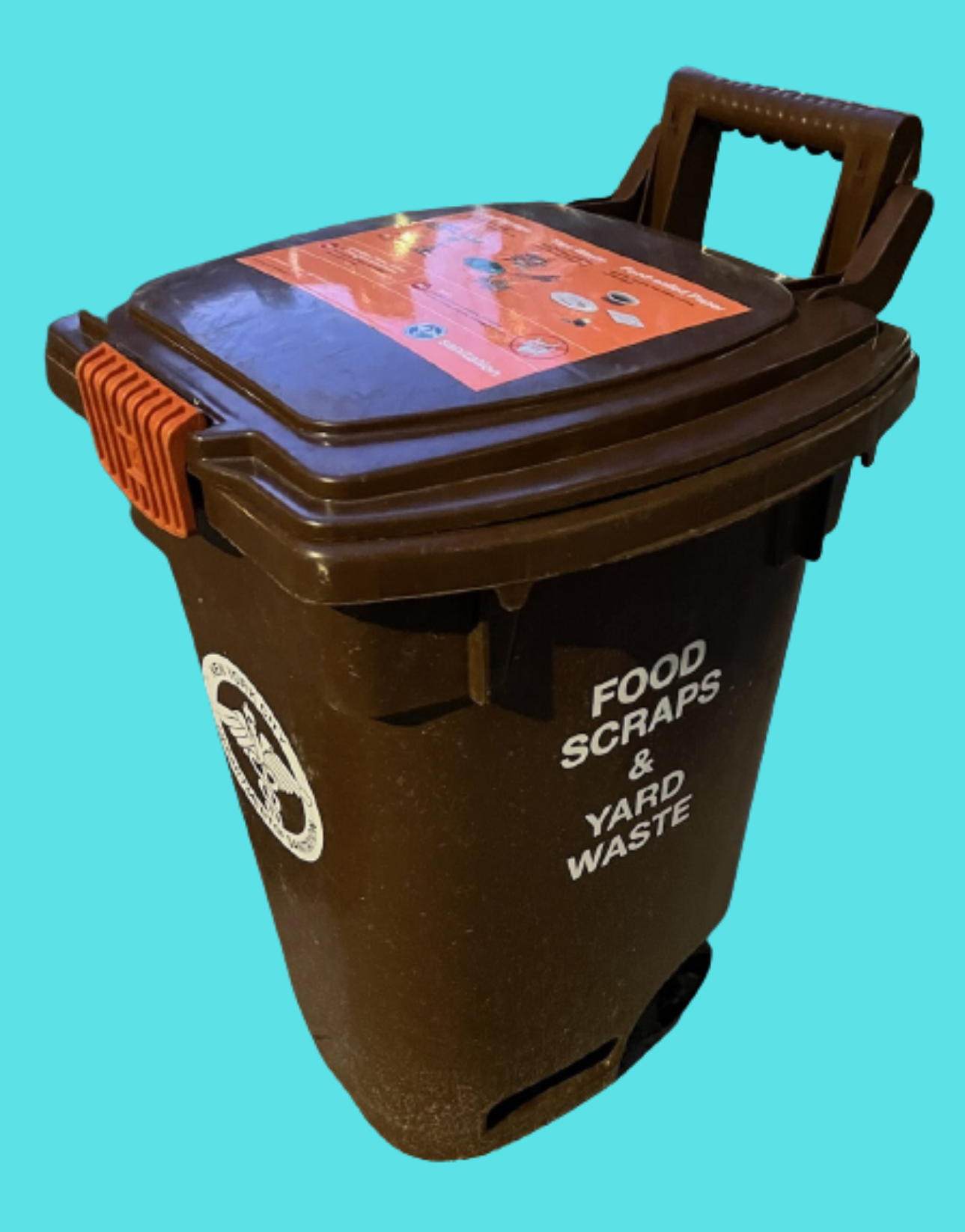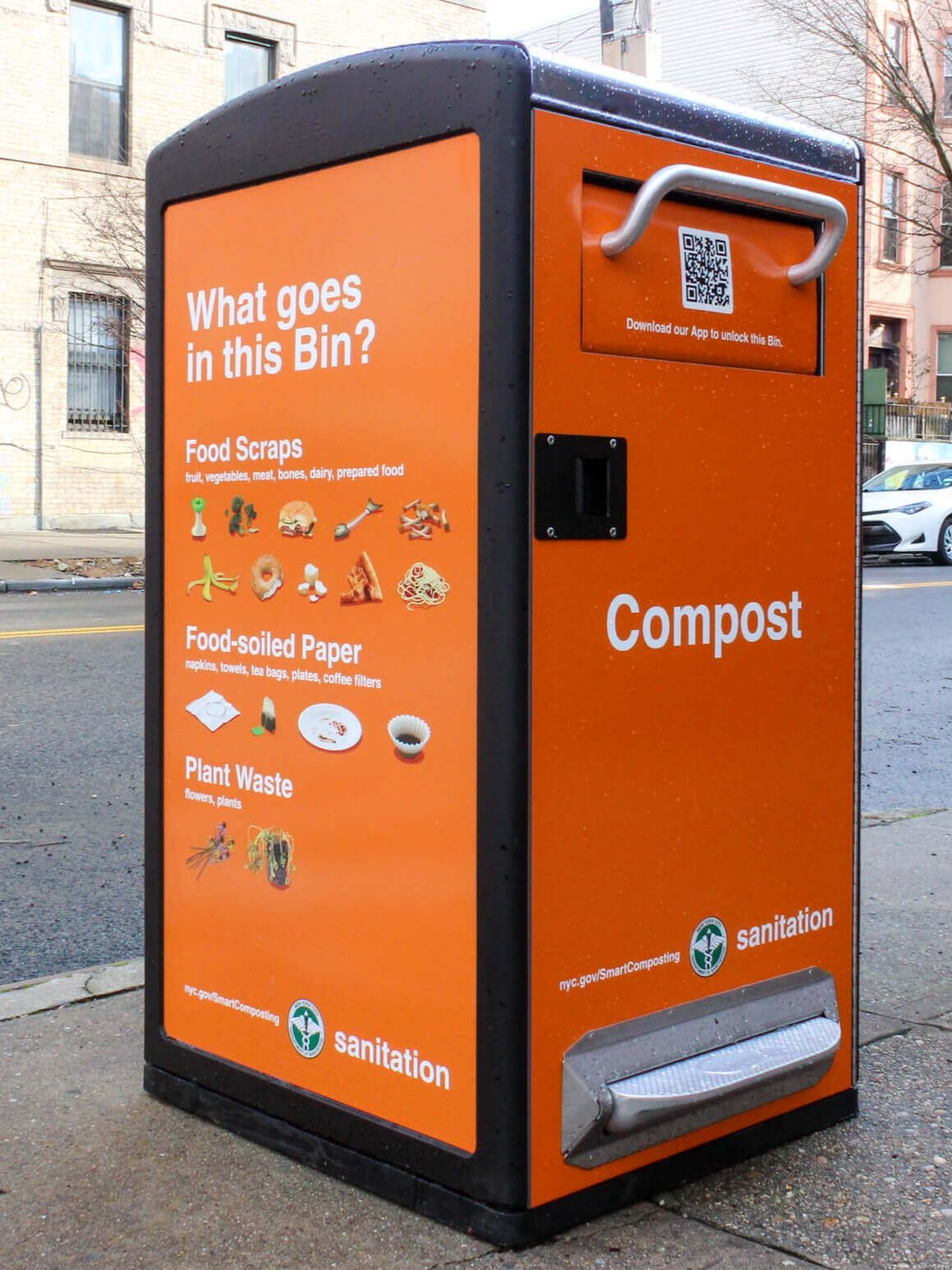► climate | composting | Economics | education | envjustice | Food | rats
curbside composting begins citywide on october 6th
Curbside composting is an easy way to combat rats by diverting food waste/rat food into rat proof bins, while also reducing our climate impacts as food waste sent to landfills generates harmful methane emissions as it decomposes.
Learn more below.
What all residents need to know:
Every building can order one free bin by October 28 - order it now!
August 31 was the deadline to order to receive in time for 10/6 launch
Anyone can order the bin. If multiple people in a building order the free bin, you will only get one bin
Larger buildings will need to purchase additional bins with latching and attached lids - see specs
If you use bins other than DSNY’s brown bins, you will need an orange decal for all other bins. Order a free decal here
Compost bins will be collected the same day as your other recycling - this is a change for buildings that currently have brown bin service.
This is a mandatory program (similar to other recycling) that will be enforced with fines beginning March/April 2025. Thus it is important to get residents in the habit immediately.
This includes ALL food, plant and yard waste (including leaves)
Mandatory Yard Waste enforcement with fines begins January 2025
Talk to your building managers now about communicating to residents and to determine the best location for your bins and related signage.
Download or order materials/signage to place in your building - available in multiple languages.
Weekly online DSNY trainings and Q&A sessions are available for residents and building staff
Request a DSNY outreach event for your building - includes distribution of free kitchen containers.
Review the MSWAB guide for engaging residents of multi-family buildings in organics collection for guidance and ideas.
“Composting” is easy. Just one more thing to set apart for recycling. Simply use a separate container or bag for food, plant waste and food soiled paper and deposit in your brown bin which will be collected by DSNY on your recycling day.
Use your fridge/freezer to store food waste temporarily as needed.
Food waste is a significant contributor to climate change, accounting for approximately 8% of global greenhouse gas emissions.
When food is wasted, all the resources used in its production, such as water, energy, and land, are also wasted. Additionally, decomposing food waste in landfills produces methane, a potent greenhouse gas that is far more damaging to the environment than carbon dioxide. To mitigate the impact of food waste on climate change, individuals, businesses, and governments must prioritize reducing food waste through better inventory management, improved storage facilities, and consumer education on smart purchasing and meal planning.
NEW City-wide Curbside “composting” roll-out dates:
Launching in Manhattan, Bronx and Staten Island on Oct. 6, 2024
The following community boards continue to receive Curbside Composting service: Brooklyn 1, 2, 6, and 7, Manhattan 6 and 7, and Bronx 8.
This Curbside Composting Apartment Signup Guide offers helpful tips for NYC renters, coop and condo owners. Visit DSNY Recycling Materials to request information to distribute to building managers and tenants. Also residents can call and connect with 311 to report missed pickups and find ways to participate in composting.
food scrap drop-off sites
There are food scrap drop-off sites open throughout the week in Manhattan and the outer boroughs available through DSNY, NYC Compost Projects, and GrowNYC.
In addition, DSNY has placed 400 orange “Smart bins” across all boroughs, that accept organics. These bins are open 365 days a year, 24/7. Download the NYC Smart Compost app for free for Android and iOS.
Tell us how organics is working for you
Please take a moment to look at our short survey below and tell us how organics is working for you or if you need assistance with strategies to convince your building and neighbors to participate.
LEARN MORE ABOUT Issues around food waste and how it impacts climate, the environment and the local economy.
Find links FOR resources to support participation in organics diversion programs.
In the United States, landfills contribute upwards of 30% of the atmospheric methane each year. Methane released into the atmosphere is ~82 times more potent a greenhouse gas than C02. The methane emissions from MSW landfills in 2019 were approximately equivalent to the greenhouse gas (GHG) emissions from more than 21.6 million passenger vehicles driven for one year or the CO2 emissions from nearly 12.0 million homes’ energy use for one year.
Only by diverting food waste resources away from landfills and incinerators can we begin to make an immediate and measurable impact on the well-being of our local and global communities as well as the resiliency of our own fragile coastal ecosystem. By doing this we can rest a little easier knowing we’re positively addressing the long-term climate threats that face us.
Composting should be mandatory in New York City, Columbia Climate School, December 2021
Upwards of 40% of NYC commingled black bag trash is organic and today can be diverted to medium to large-scale commercial anaerobic composting, local small-scale community or backyard composting, and lastly to anaerobic digestion facilities like Newtown Creek.
Besides reducing methane gas, composting will significantly reduce black bag trash on our sidewalks and immediately improve access for seniors and the disabled. The task of reforming a system that diverts hundreds of millions of dollars towards dump and burn and replacing it with integrated closed-loop resource management methods will be challenging. MakeCompost.nyc is a good starting point to learn about participating in the NYC curbside composting program.
If your building is reluctant to sign up for curbside collection, here’s a a one sheet that might help and also a resource from Its Easy Being Green that may help convince your building management and neighbors to enroll. This video Compost (feat. DiorNoel) - A Portrait of the NYC Composting Community creatively raps on the local processing of organics in NYC.
.What can and cannot be composted in NYC, Common Ground Compost
Related Links
NYC 311 (DSNY resources)
DSNY Curbside Composting Apartment Sign Up Guide
StuyTown, study of organic waste diversion (BioBag)
A How to Guide: Successful Co-Op Composting (Queens Climate Project)
In 2019, the IBO reported: “If the city were to capture and process all 1 million tons of organic waste, as much as 500,000 tons of compost could be produced every year […] this would be worth an estimated $12.5 million for use in landscaping and farming. If the city devoted its organic waste to producing biogas to generate electricity, it could produce an estimated $22.5 million per year in revenue [...]” How Much Potential Revenue Are New Yorkers Wasting by Trashing Organics?, IBO, February, 2019.
“Can The Organics Collection Program Be Fiscally & Environmentally Sustainable?,” NYC Independent Budget Office, 2021
Children are without question our most important human resource. Investing in K-12 education and emphasizing the relationships between waste and our natural and built environments as well as collaborating on solutions to the world's most intractable problem — our appetite for waste — we’ll begin to steer future generations away from the environmental brink. Students in NYC Public Schools are already separating organics at school - so just ask your kids!
Research shows that 79 percent of municipal solid waste incinerators are located in environmental justice (EJ) communities The majority of landfills and incinerators, are located near EJ communities. Generally, the way that we manage waste—or don’t manage waste—has severe health impacts on these communities due to the pollution that stems from incineration and the trucking of waste to these polluting facilities. Covanta, in Newark, NJ, is one such incinerator impacting the air quality and long term health of a neighboring city.
From Food Recovery and Redistribution programs to Extended Producer Responsibility (EPR) laws to mandatory waste resource diversion to composting we now have the means to redirect a portion of the untold millions budgeted for landfills and incinerators toward providing food security for families and communities, offering healthier dietary options outside of traditional and often inaccessible supermarket supply chains.
Related Links
Q&A: Addressing the Environmental Justice Implications of Waste
Environmental Justice NYC Mayors Office of Climate and Environment Justice
Waste Equity Overview NYC Environmental Alliance
Tackling food waste is a multi-dimensional, systemic problem. An estimated 30-40% of food produced in the US goes to waste. At the same time 14% of US households are food insecure. This waste not only impacts our soil, water, energy, and labor needed to grow this food but also generates gigatons of greenhouse gasses in the process of bringing food to the supply chains and inevitably, it seems, to landfills and incinerators.
Too much food is wasted simply because sellers and consumers do not understand what the date labels mean and automatically throw food away when it has reached the “best if used by” date! Watch this helpful video about FDA food labeling and browse the related links to learn more and reduce the amount of food you waste at home! Changing wasteful production and consumption will also lead to reductions in the generation of plastic packaging waste.
An estimated 2 million rats live within NYC or around 25% of the human population. The evidence of a connection between containerized food waste and rats is currently only anecdotal but it’s also fair to conclude that a mandatory curbside organics program will begin the process of getting household food scraps source separated into sealed containers. This will immediately reduce the volume of black bags that clutter sidewalks, degrade the quality of life in neighborhoods, and make the sidewalks less safe for our most vulnerable neighbors. Most importantly containerized organics will finally provide a metric to measure the long term impact on public health and assist in the design and planning of future rat mitigation programs.







